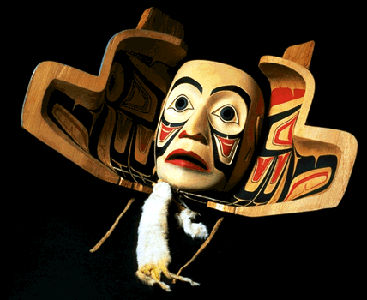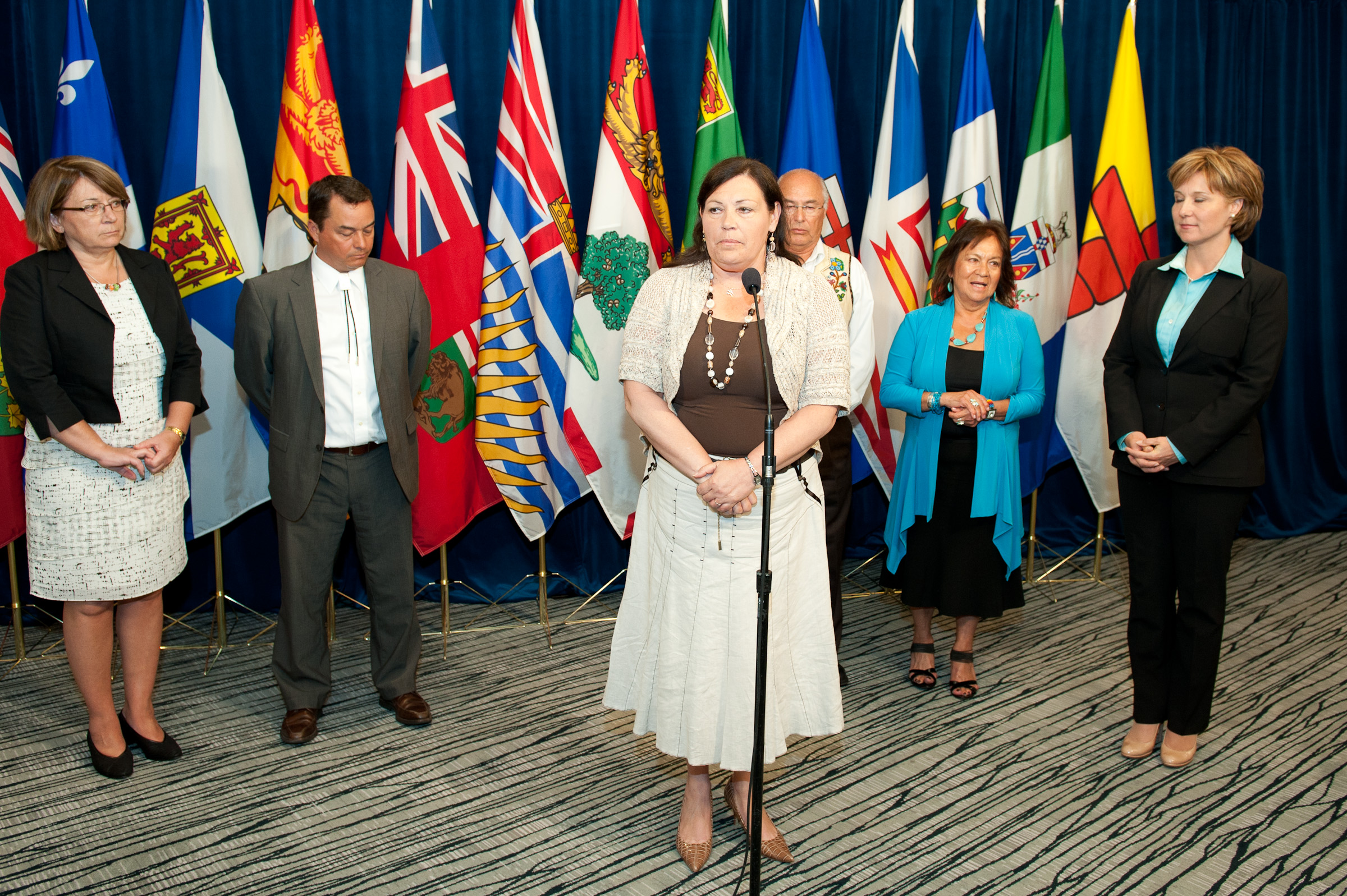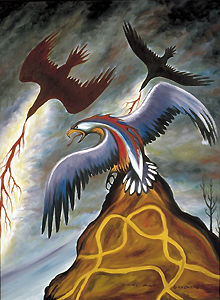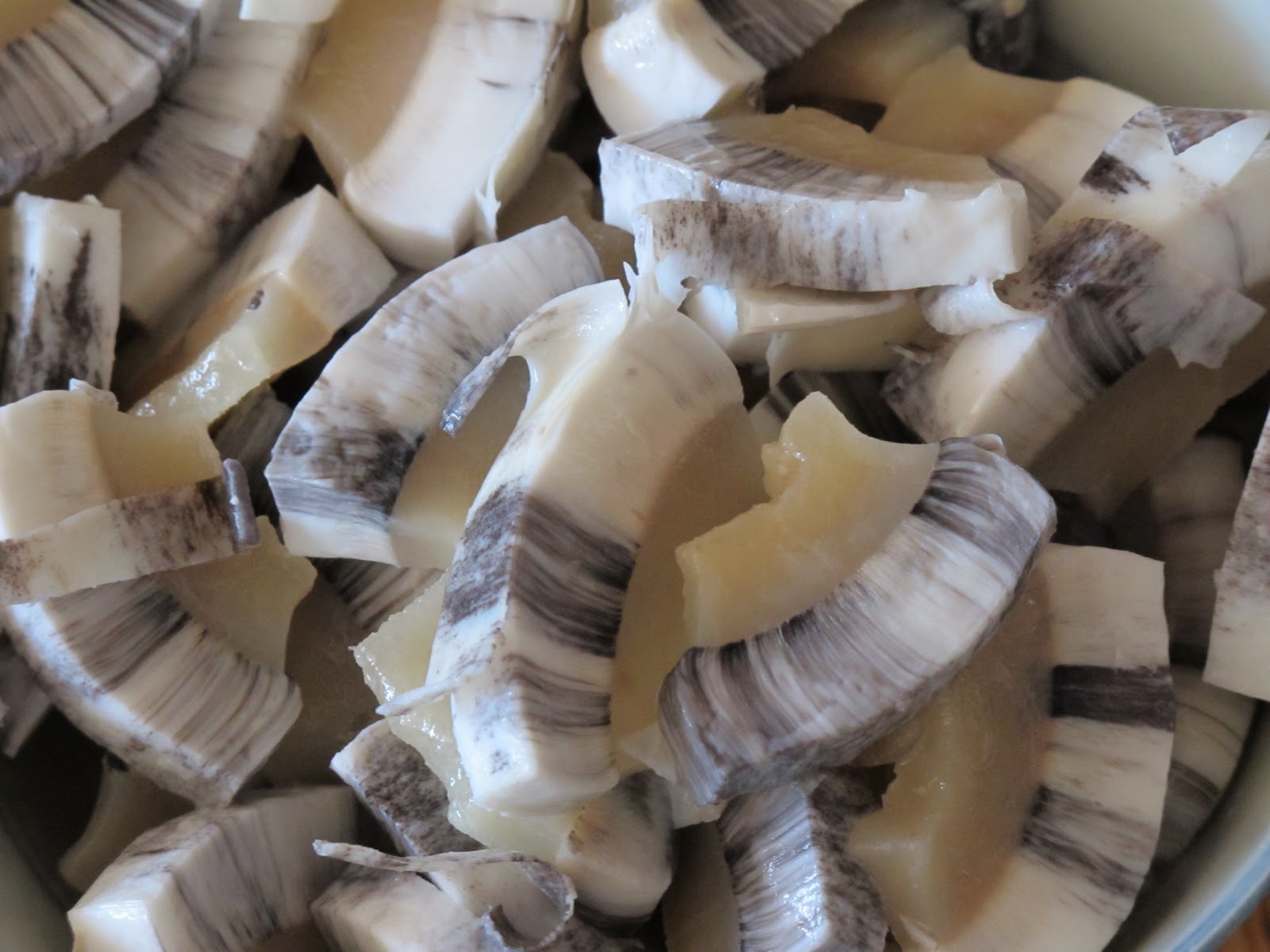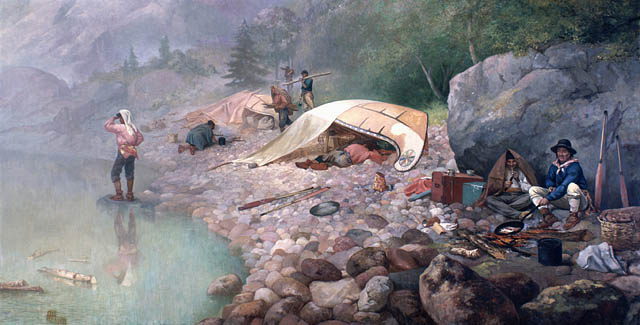Article
Clovis (Llano)
These big-game hunters sought mammoths, mastodons, camels and horses that were native to North America at the time. Following the retreat of the Wisconsin glaciers, these animals became extinct, hastening the end of this stage of North American Prehistory.


